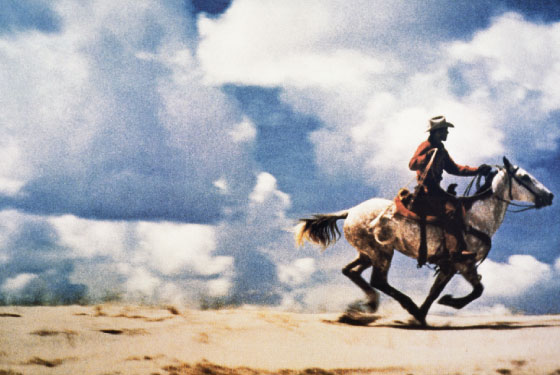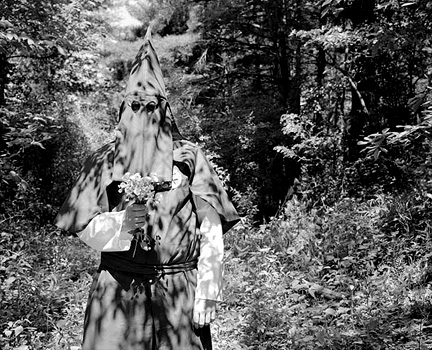
Spam
Bill Burke
2007, Color Photograph
Part of his 2009 Destrukto series, this photograph was first shown at Glenn Horowitz Bookseller from May-June 2009. While much of the artist's earlier work is more explicitly political, the Destrukto series challenges it's audience to consider the larger lexicon of "American" iconography by shooting various symbols of 20th century Americana with a high powered rifle: lawn ornaments, budweiser cans, and even the famous Campbell's Tomato Soup can. While on the one hand, this is just a can of processed meat being pierced by a high powered projectile, does this action degrade Spam further than its placement in every convenience store across the country, or just as an assassin's bullet turns a man into a symbol does it dignify the product as something worth more than the price of ammunition? Burke's photograph offers no answers, only the bullet's path. The viewer may be reminded, however, that you are what you eat.




